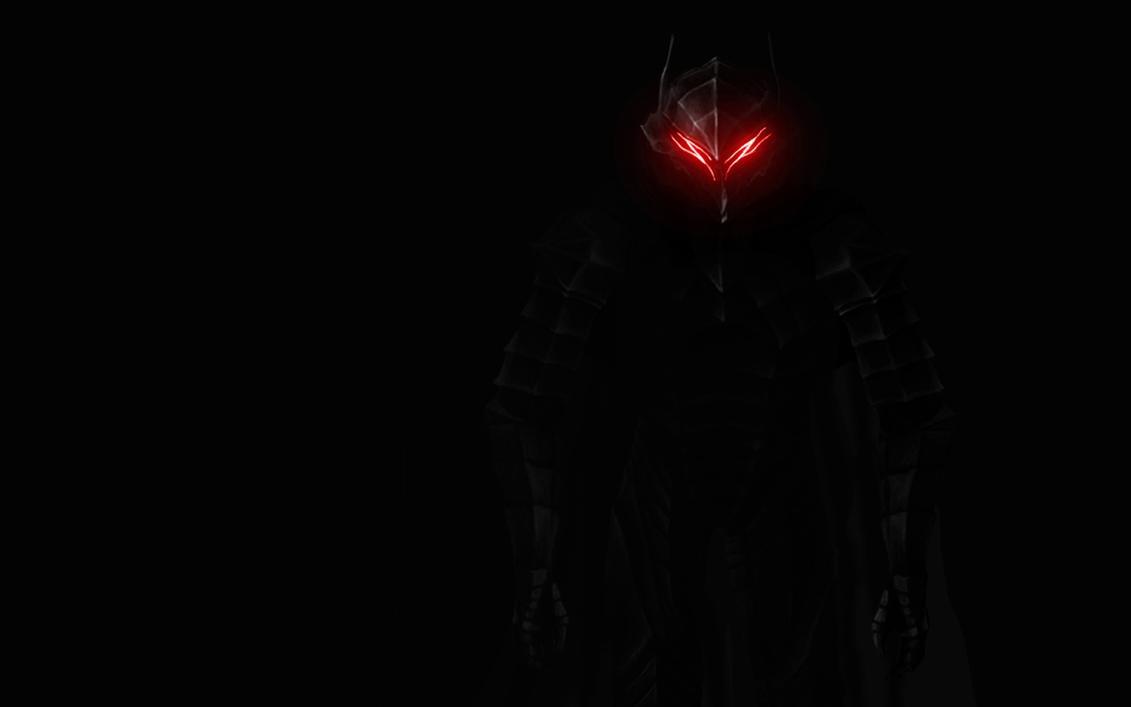When Adobe Inc. released its Firefly image-generating software last year, the company said the artificial intelligence model was trained mainly on Adobe Stock, its database of hundreds of millions of licensed images. Firefly, Adobe said, was a “commercially safe” alternative to competitors like Midjourney, which learned by scraping pictures from across the internet.
But behind the scenes, Adobe also was relying in part on AI-generated content to train Firefly, including from those same AI rivals. In numerous presentations and public postsabout how Firefly is safer than the competition due to its training data, Adobe never made clear that its model actually used images from some of these same competitors.
 202·1 year ago
202·1 year ago


